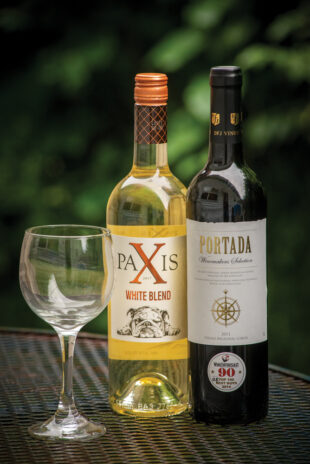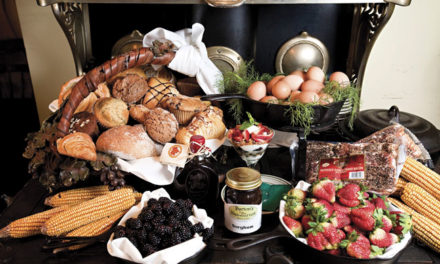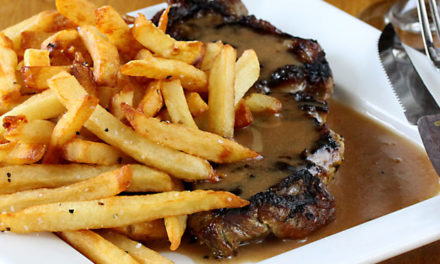
by JACK BAKER
From the sheer quantity of port ads, port shops, and port tasting rooms that surround you upon arrival in Lisbon, you might think port is Portugal’s only product. There are even little tasting bottles in the hotel rooms. The Portuguese are obviously very proud of their port and tourists are lapping it up.
Like everyone else, I went to Portugal partly to bring a bottle (or two) of port home. But my real purpose was to sample Portuguese table wines, most of which are little or unknown here. And little known they are. I doubt many of us can name a non-port, Portuguese wine, let alone a Portuguese grape. At present there are few Portuguese table wines on store shelves. It’s odd, given the quality and low price.

One that is available is the 2011 Portada Winemaker’s Selection ($9.99, Big Red Liquors), a red wine made with a blend of tinta roriz, alicante bouschet, cabernet sauvignon, caladoc, castelão, pinot noir, and touriga nacional grapes. It is a ready-to-drink, medium-bodied red wine with ripe berry flavors and balanced acid. Incidentally, touriga nacional is a major constituent of port wines but often appears by itself or in combination with touriga franca in dry red Portuguese table wines.
Another is Paxis White Blend 2017 ($9.99, Big Red Liquors), a blend of fernão pires, arinto, verdelho, alvarinho, and oaked chardonnay. It is a young, medium-bodied wine with citrusy fruit, minerals, and sufficient acid to give it freshness.
Of course, we had to visit the Douro Valley in northern Portugal. In addition to being a beautiful setting of steep hills lined with grape vines everywhere (and particularly attractive from a boat on the Douro River), the valley is the home of port.
Sandeman is one of the big names in Douro port. And, in keeping with its iconic symbol of a black cape and caballero’s hat, it features a sleek, modern, architectural “port house” in black concrete, glass walls, and dim artistic lighting. Sandeman is obviously doing well. It makes a slew of port styles: white, red, ruby, tawny, and vintage, and offers them at various years of development.
And there is where I may have made a mistake. I could have selected a 20-, 30-, or 40-year-old tawny port that can be drunk now. Instead I bought a Quinta do Seixo single vineyard 2015 Vintage Porto ($65 at the producer) that will require 10 to 20 years of aging in the cellar. Doing the math, I may not remember or even recognize a bottle of port when I am at that advanced age.
Anyhow, beautiful country, good food, good wine. What more can you ask?
And I’ll drink to that.







